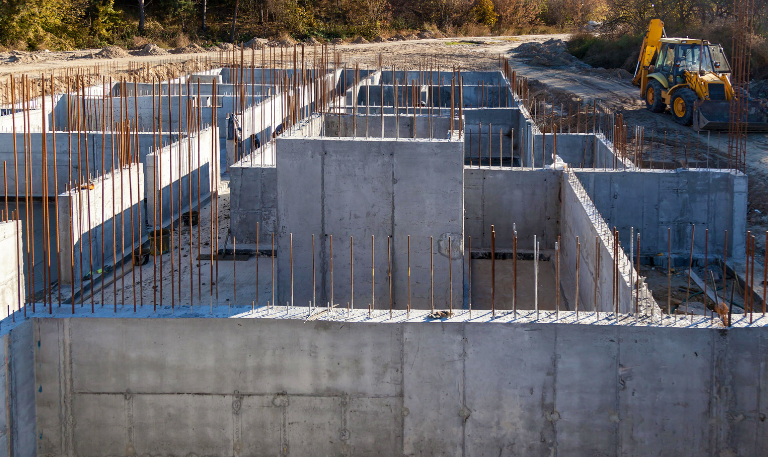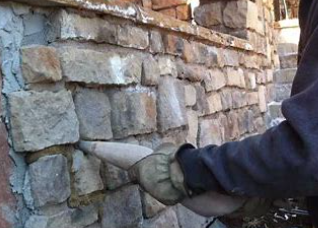How To Get Rid Of Mold On Concrete Block Walls In 5 Steps
When mold begins to appear on your concrete block walls, it’s not just an eyesore; it can also be a health hazard. Mold thrives in damp, dark, and humid conditions, and concrete can often provide the perfect environment for mold to grow. It is essential to get rid of mold on concrete blocks to maintain a healthy living environment and preserve the integrity of your structure. The process involves thorough cleaning, moisture elimination, and preventive measures to ensure that the mold does not return. Here’s how to do it:
Identifying the Presence of Mold
First, confirming that what you’re seeing is indeed mold is crucial. Mold on concrete block typically appears as a fuzzy, discolored patch that can be green, black, white, or even orange. In addition to the visual signs, a musty odor can indicate mold. Before removing the mold, it’s wise to wear protective gear such as gloves, goggles, and a mask, as mold spores can harm your health.
Cleaning the Affected Area
The next step is to clean the affected area. You can use a mixture of water and mild dish soap or baking soda for a non-toxic approach. Scrub the moldy spots with a stiff brush, careful not to brush too harshly and damage the concrete. You may need to use a mixture of water and bleach or a commercial mold remover for more stubborn mold. Follow the manufacturer’s instructions for the best results and safety practices.
Drying the Walls Thoroughly
After cleaning, it’s vital to dry the walls completely. Mold cannot grow without moisture, so eliminating dampness is key to preventing its return. You can use fans, dehumidifiers, or natural ventilation to help speed up drying. Ensuring that the area stays dry will protect against mold growth in the future.
Maintaining Good Air Circulation
Maintaining good air circulation is integral to . Mold spores are less likely to settle and multiply in areas with a steady airflow. Ensure your space is well-ventilated; use exhaust fans and open windows, and consider cross-ventilation strategies to keep the air moving. This not only helps to dry out existing dampness but also reduces the overall humidity levels that encourage mold growth. In spaces with limited natural airflow, mechanical ventilation or air-handling systems may be necessary to maintain that constant air movement.
Regular Inspection and Maintenance
Regular inspections and maintenance of your walls and the surrounding areas can prevent the conditions that lead to mold growth. Check for any signs of moisture, such as efflorescence, water stains, peeling paint, or condensation, especially after heavy rainfall or in high humidity conditions. Address any moisture sources immediately, whether due to external leaks, internal plumbing issues, or condensation problems. A proactive approach to maintenance will save time and resources in the long run, and keeping your concrete block walls dry and well-maintained is the best defense against mold infestations.

Block SalesHarvey Palmatary
Latest News

4 Ways To Reinforce Concrete
Concrete is one of the most fundamental materials used in construction. If you’re working on a domestic project or a […]

The Environmental Benefits Of Using Ready-Mix Concrete
The construction industry is changing quickly to meet the growing demand for sustainability and eco-friendly practices. One of the most […]

6 Essential Tips For Grouting Stone Veneer
Grouting stone veneer is an important step in the installation process that can significantly impact the overall look and durability […]

Should You Fill Hollow Concrete Blocks?
Hollow concrete blocks are widely used in construction due to their strength, versatility, and lighter weight compared to solid blocks. […]
